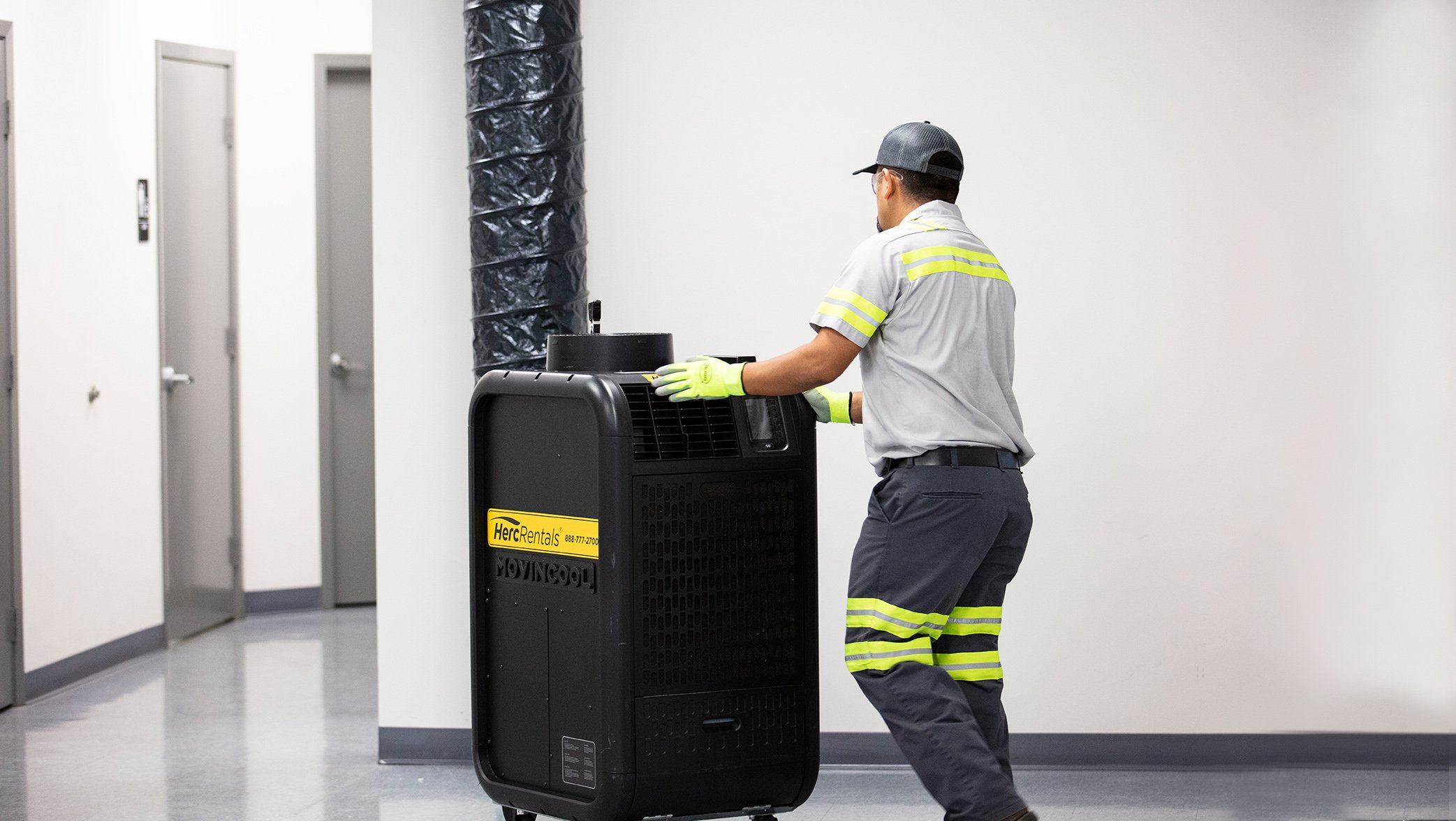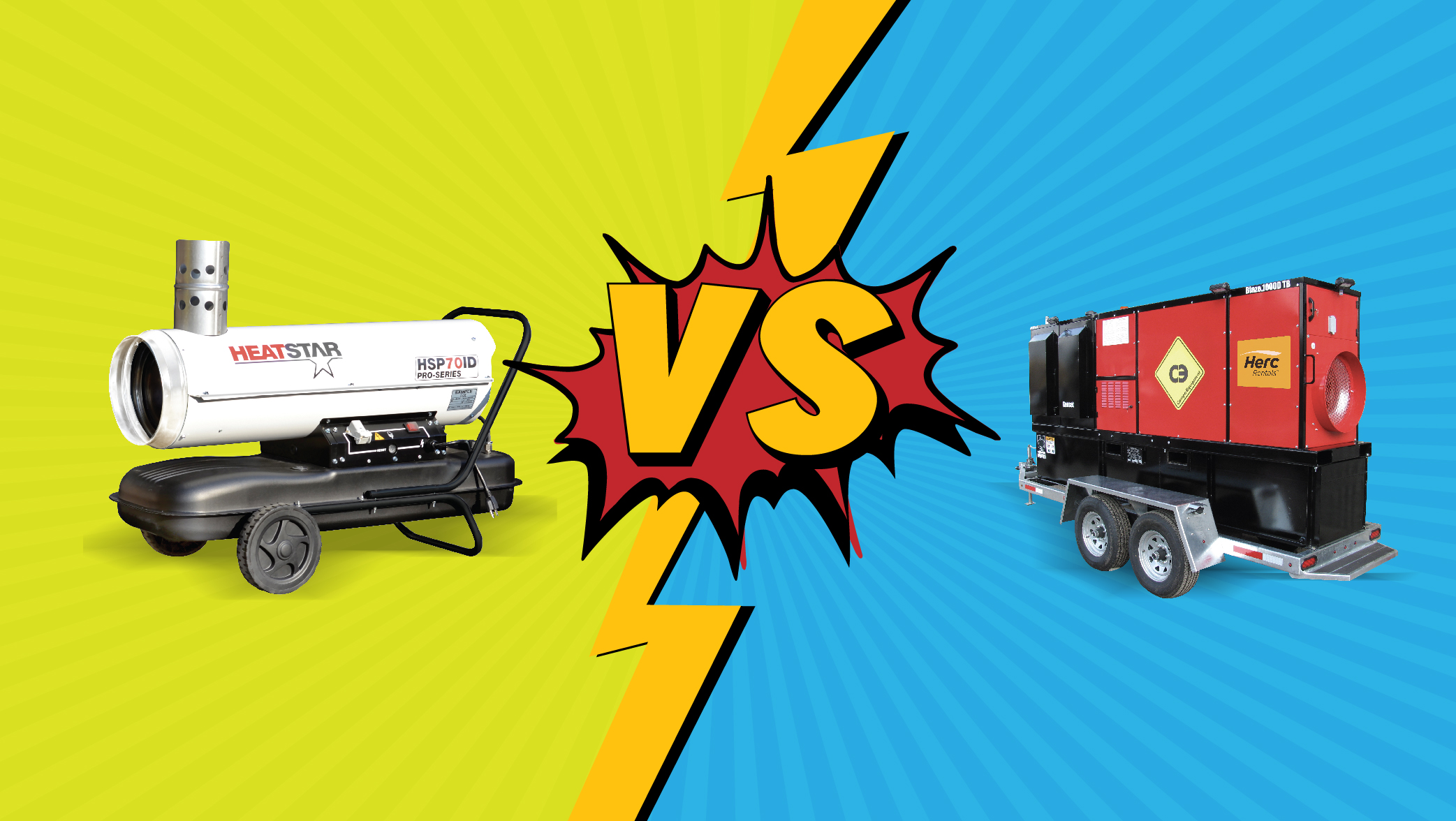When do you need a compact excavator? What attachments will you need? What about lifting capacity and tail swing?
Unlike models from a decade ago, today’s compact excavators are more powerful and versatile, making them a highly valued piece of equipment for site development, roadwork, landscaping and more.
From horsepower to tail swing and lift capacity to dig depth, contractors, landscapers and construction company owners often face the daunting task of determining the right compact excavator for the job.
It all begins with asking the right questions:
- Will the compact excavator meet my needs?
- Will the excavator be adaptable to take on other work that may arise while I have the machine on rent?
- What attachments are available, including augers, forks, grapples, trenchers, breakers, etc.?
“Contractors want to get the maximum use out of the equipment they rent,” said Austin Berend, Herc Rentals’ fleet solutions manager. “So if you’re a landscaping company that lifts large boulders for rock gardens or a utility company that needs to dig a pipeline, you need a compact excavator that’s strong enough to lift a lot of weight or has the arm length to dig to your desired depth.”
After determining how the excavator will be used, contractors should then move on to size, power and performance. “The reason a lot of contractors choose a compact excavator is because of their smaller size and their ability to work in confined areas,” Berend said.
For example, if the job calls for digging near a wall, fence or gate, the Bobcat E26 or E35i with minimal tail swing, may be the way to go.
Of course, tail swing isn’t the only thing to consider when working in a confined area.
Machine rotation and boom swing are also important considerations when selecting the right compact excavator.
Machine rotation becomes important when comparing a compact excavator’s ability to provide up to 180 degrees of movement, compared to the 90 degrees of rotation that is common with backhoes. An excavator’s independent boom swing allows operators to reposition the machine less frequently, plus it delivers greater visibility to the working end of the machine.

Other items to consider should include:
- Engine Power – At the core of any excavator is its diesel engine. It sends power to the machine’s tracks, loader arms, and more. The engine’s horsepower and low torque gives the machine the power it needs to be productive on a worksite for long shifts.
- Bucket Capacity – As one of the most common uses of a compact excavator, it’s important to check the width of bucket a given excavator can support as well as the maximum capacity of the buckets.
Additionally, two final items to consider is operator comfort and safety.
- Is the cabin enclosed?
- Is the cabin large enough for the operator to move the controls freely?
- Are the seats ergonomic and adjustable to allow for different operator use?
- Does the cabin have comfort features like heating or cooling?
- Does the equipment have automatic idle throttles or automatic shifting systems?
Safety features shouldn’t be overlooked either, Berend said. These features may include seatbelts, a console control locking system that prevents an operator from unintentionally activating the machine’s arm, boom or dozer blade and more.
“Safety training for operators and contractors is also recommended,” Berend said. “The bottom line is we want to make sure you are working effectively, efficiently and safely.”
For more information on compact excavators and earthmoving equipment, please consult your Herc Rentals’ Solutions Guide.


